Tornado safety tips while driving: DO and DON'T for safety
No one ever wants to face a tornado, especially when driving. Yet, unexpected things still happen, which is why tornado safety tips while driving are key. Seeing a tornado while driving is a critical situation that demands quick and decisive action. This guide will help you understand the best steps to take, ensuring you're ready to respond effectively no matter the circumstances.
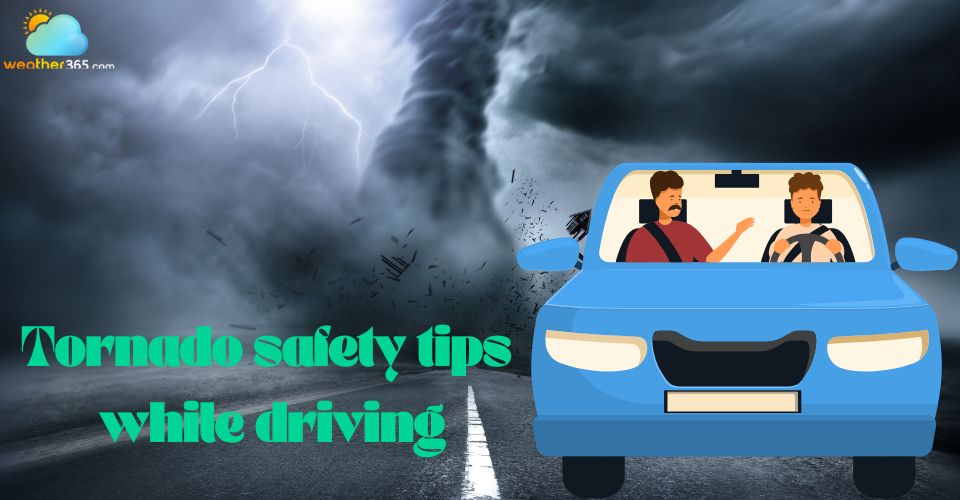
Tornado safey tips
- Tornado watch vs Tornado warning
- Tornado safety tips while driving: 5 DO
- DO stay weather-ready
- DO shelter if you can
- DO find a low spot
- DO stop the car if you have no options
- DO have a severe weather kit
- Tornado safety tips while driving: 3 DON’T
- DON’T try to outrun the tornado
- DON’T hide under an overpass or bridge
- DON’T drive in a tornado’s path
Tornado watch vs Tornado warning
Before knowing tornado safety tips while driving, you must understand the differences between a tornado watch and a tornado warning to take the right action.
-
Tornado watch: Issued when a tornado is possible. It’s time to prepare to save lives, such as seeking a safe shelter, preparing an emergency kit, staying informed,...You should remind whole your family of your tornado evacuation plan and ensure that everyone knows what to do and where to evacuate if needed.
-
Tornado warning: Issued when a tornado is happening or about to happen. This time, you need to seek a safe shelter immediately. Importantly, stay informed of forecast updates.
Let’s look at the differences between a tornado watch vs warning below:
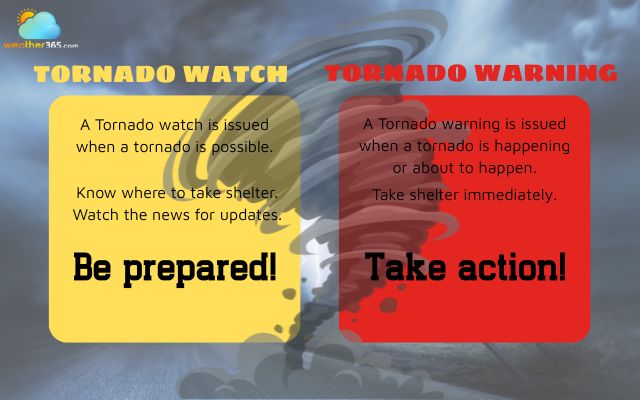
Differences between a tornado watch and warning
Tornado safety tips while driving: 5 DO
Encountering a tornado while driving is a terrifying situation, but knowing what to do can make all the difference.
Your vehicle offers little protection, so quick and informed decisions are crucial for your safety.
Here are five essential "DOs" to remember if a tornado threatens your path on the road.
DO stay weather-ready
Staying weather-ready is vital for all drivers, especially when severe storms like tornadoes are a possibility.
This involves more than just checking the forecast before you leave; it means actively monitoring conditions and being prepared for sudden, dangerous changes on the road.
By understanding the risks and having a plan, you significantly increase your ability to react safely and potentially save your life.
DO shelter if you can
If you see a tornado approaching in the distance, drive to the nearest sturdy building and seek shelter.
Ideally, you should find an underground basement or a reinforced interior room. Cars offer minimal protection from a tornado's force and flying debris.
Your priority should always be to get into a substantial structure if there's enough time to do so safely.
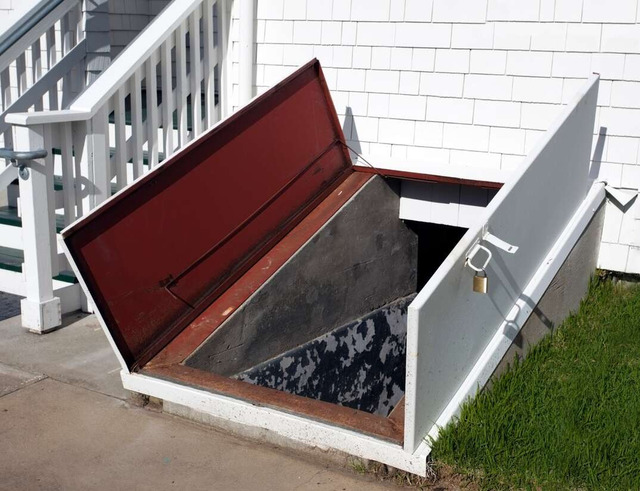
Take a safe shelter when a tornado happens
DO find a low spot
If you cannot reach a sturdy building, get out of your vehicle and find a low spot like a ditch or ravine.
Lie flat, face down, and cover your head with your arms or anything available, such as a blanket.
Getting lower than the roadway helps reduce your exposure to the strongest winds and flying debris.
DO stop the car if you have no options
If you can't reach a building or a low spot, pull over your car as quickly and safely as possible, out of traffic lanes.
Keep your seatbelt on, get as low as you can in the seat, and cover your head and neck with your hands, a blanket, or a coat.
This offers the least protection but is better than being directly exposed.
DO have a severe weather kit
Always keep a severe weather kit in your car for emergencies.
This should include essentials like a first-aid kit, a flashlight with extra batteries, bottled water, non-perishable food, and a blanket.
Having these items can be invaluable if you become stranded or need shelter for an extended period.
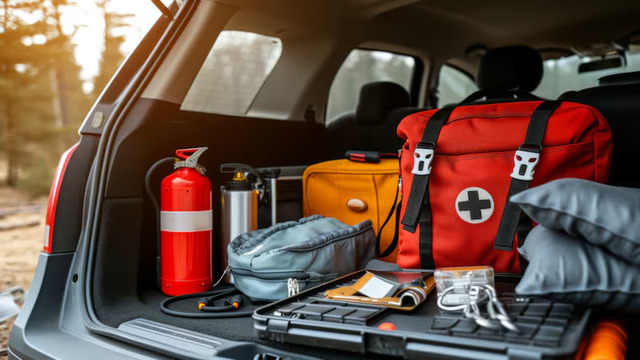
Prepare an emergency kit available on your car
Tornado safety tips while driving: 3 DON’T
Avoid common misconceptions and dangerous reactions that can put you in greater peril. Here are three crucial "DON'Ts" to remember for tornado safety tips while driving.
DON’T try to outrun the tornado
Trying to outrun a tornado in your vehicle is really dangerous for several reasons.
While tornadoes generally move from the southwest at an average of 30 MPH, their paths can be incredibly erratic, sometimes reaching speeds of 70 MPH or more.
You might think you're escaping, but a sudden shift in direction can put you directly in its path.
Additionally, severe weather often brings heavy rain and hail, making driving incredibly difficult and dangerous.
On top of that, panicked drivers in busy areas can lead to chaotic conditions and high-risk accidents.
DON’T hide under an overpass or bridge
An overpass or bridge is not an ideal shelter during a tornado.
The structure's shape can act like a wind tunnel, intensifying wind speeds dramatically, sometimes up to 200 MPH.
This makes you extremely vulnerable to deadly flying debris, which is the primary cause of injury and death in tornadoes.
Overpasses offer no real protection from a tornado's destructive forces.
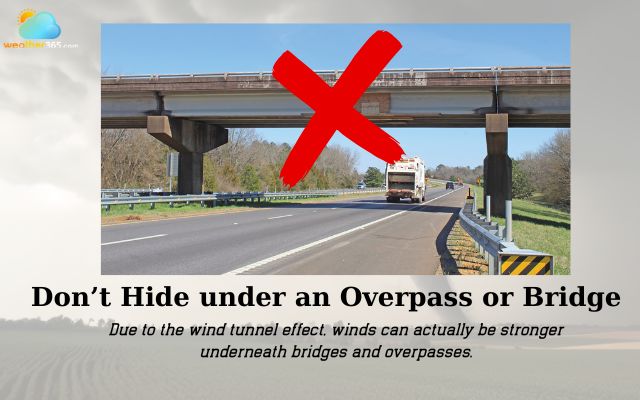
Overpasses and bridges are not a tornado shelter
DON’T drive in a tornado’s path
Under no circumstances should you intentionally drive into a tornado's path.
Even if a tornado appears distant, its speed and direction can change with terrifying rapidity, turning a perceived escape route into a deadly trap.
A tornado with heavy rain, hail, and flying debris reduces visibility and makes safe driving nearly impossible.
Prioritize finding an immediate, sturdy shelter rather than attempting to navigate through such extreme conditions.
Learn more useful tips below:
Conclusion
Catch a tornado while driving is an incredibly dangerous situation, but by understanding these crucial "DOs" and "DON'Ts," you can significantly increase your chances of survival. Stay calm, observe, and make informed, quick decisions to protect yourself and others on the road. Always keep in mind tornado safety tips while driving to save your life.

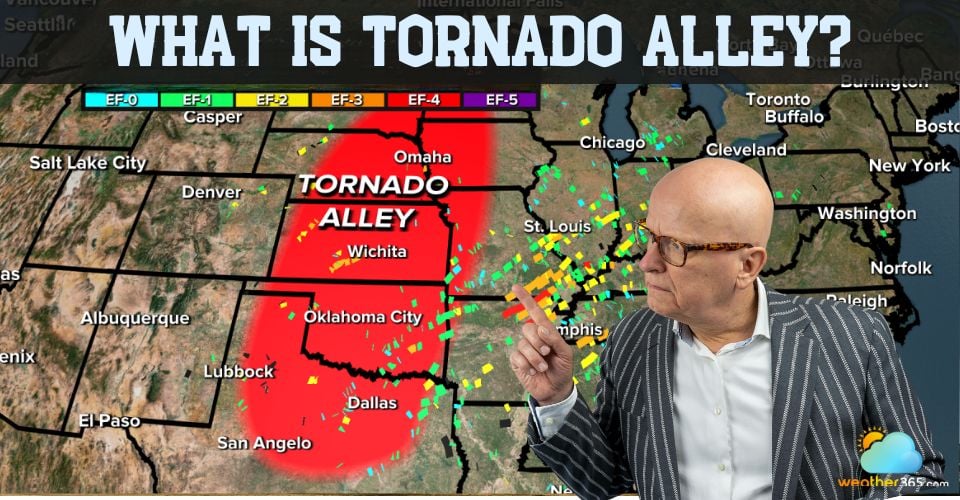
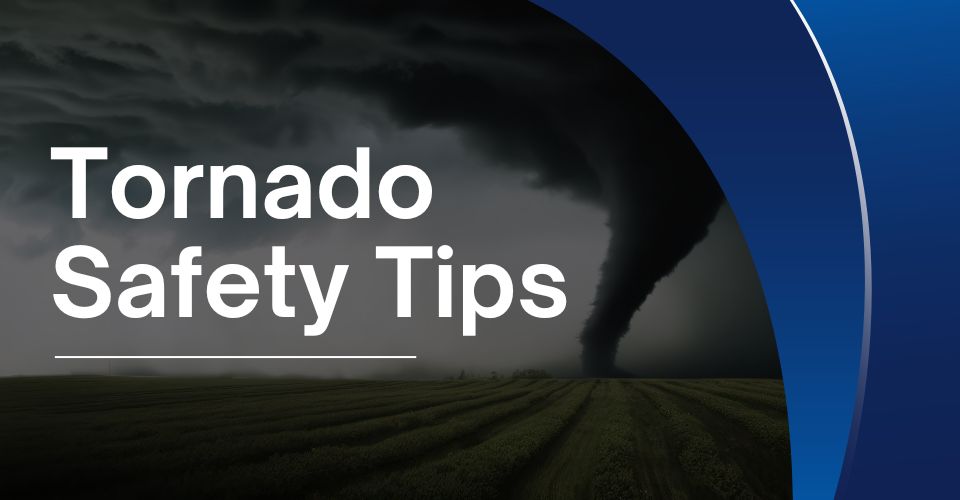
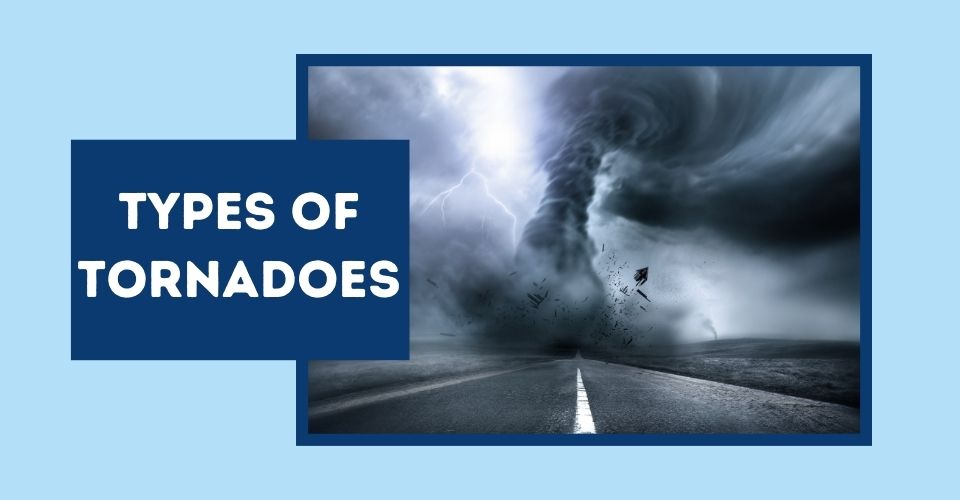
0 Comment
Leave a comment
Your email address will not be published. Required fields are marked *